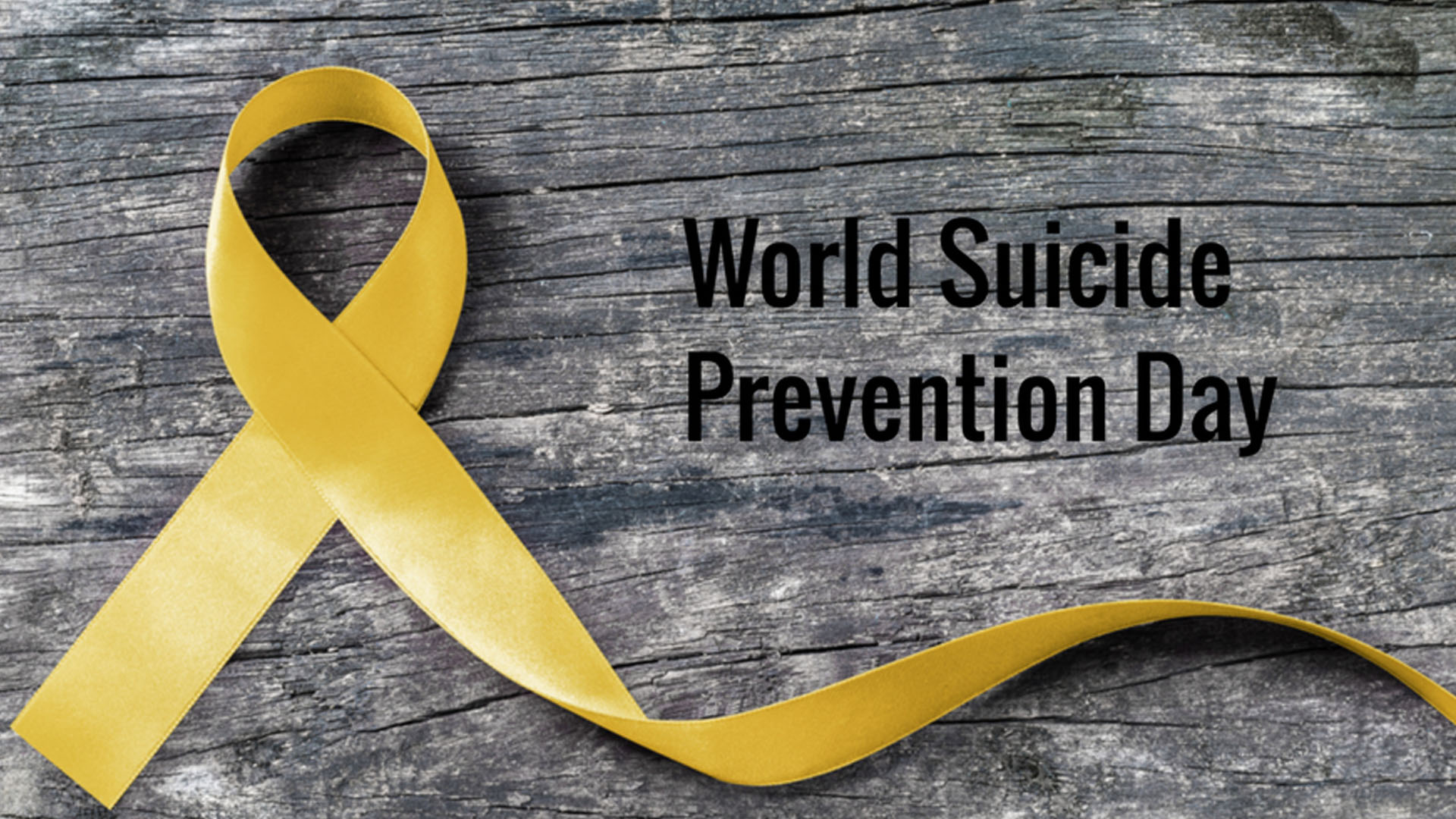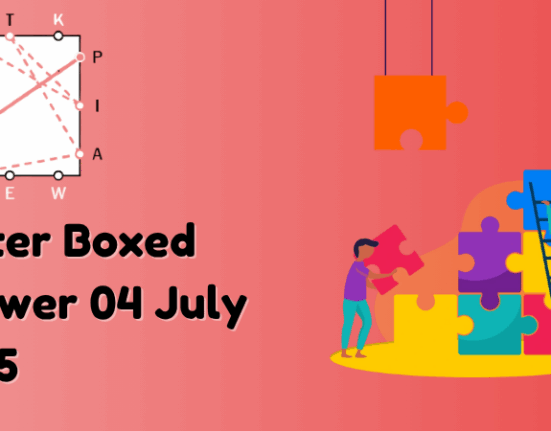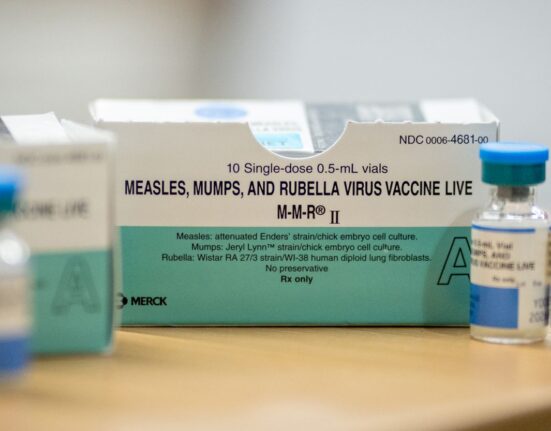In a world where every individual’s well-being matters, the smallest changes can make the biggest differences. Imagine this: just an additional $7 per person each year could potentially prevent 300 suicides annually. It sounds almost too simple, right? But the impact it could have on mental health is profound.
Recent policy efforts have aimed to enhance access to General Practitioners (GPs) in Australia. However, these initiatives have not yielded significant results so far. A study revealed that Medicare spending on mental health services varies greatly across different regions in the country, influencing mental health outcomes like suicide rates.
The variation in Medicare spending was found to be more connected to factors such as the availability of mental health providers and GPs rather than the initial mental health status of individuals in those regions. This highlights a crucial point – accessibility plays a pivotal role in shaping mental health outcomes.
Imagine a scenario where government funding for out-of-hospital mental health services increases by approximately $153 million annually – equivalent to just $7.30 per adult per year. The potential benefits are staggering: fewer mental health-related emergency department visits, reduced hospitalizations due to self-harm, and most notably, fewer suicides.
“We found that only 28% of variation in spending on mental health services across regions was driven by patient-related factors… But about 81% of regional variation in spending on mental health scripts was due to patient factors,”
shared one expert involved in the study.
This indicates that when individuals face mental health challenges, obtaining medication through a GP is often easier than accessing care from specialists like psychiatrists or psychologists. Consequently, areas with lower expenditure on out-of-hospital mental health services tend to witness higher rates of emergency department visits and suicides related to mental distress.
While disadvantaged areas report higher levels of psychological distress among residents, they paradoxically have lesser access to essential mental health services. This underscores the urgency for targeted interventions aimed at bridging this gap and ensuring equitable access for all individuals seeking help.
Further analysis suggests that government expenditure on mental healthcare has remained relatively stagnant over three decades at around 7.4% of the total healthcare budget. There is evidently an unmet need for enhanced mental health services nationwide, with rural and low-income regions being particularly underserved.
To address these disparities effectively, strategies such as expanding the mental health workforce by incentivizing professionals to work in underserved areas and reforming funding models should be considered essential steps towards creating a more accessible and inclusive system for all individuals seeking support.
As we navigate through these challenges together as a society, it becomes increasingly apparent that investing even small amounts like $7 per person can yield substantial returns in terms of improved well-being and reduced instances of tragic outcomes such as suicides related to untreated or under-treated mental illnesses.
By prioritizing equal access to quality care across all regions and demographic groups, we take significant strides towards building a healthier and more resilient community where every individual feels supported and empowered on their journey towards better mental wellness.








Leave feedback about this